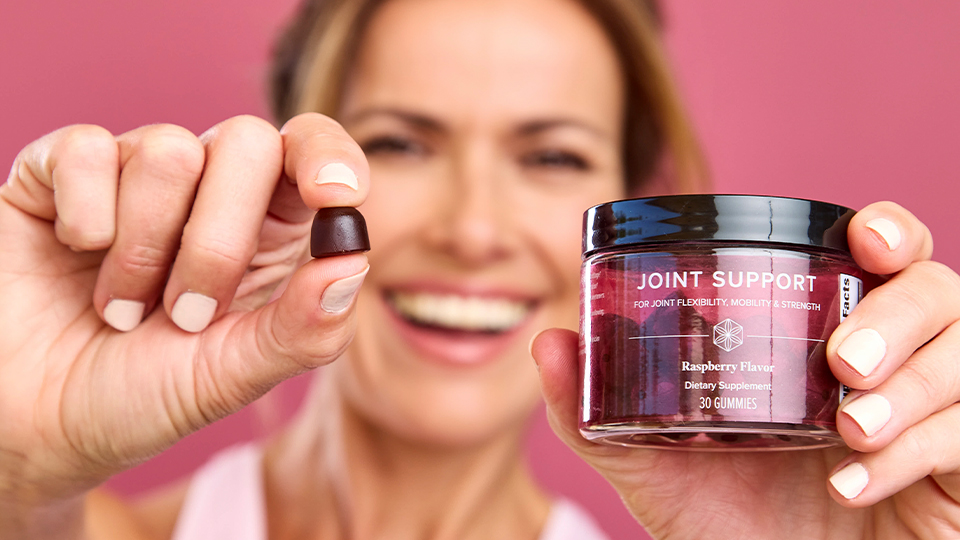Athletes have been turning to high protein intake for improving performance for as far back as when mountains of meat were eaten in ancient Greece as preparation for the Olympic Games.
While many sports nutritionists today would agree that optimal protein intake is of prime importance, the fact is that more protein in the diet does not necessarily mean you will build more muscle or see results at a faster rate. Your personal protein requirements should be based on your specific goals, age, gender, body composition, and activity level. There is a dose-dependent response with protein, and a limit to just how much protein you can be used for muscle effectively.
It’s a fact that you should be getting protein regularly. While excess dietary carbohydrate can be stored in the muscles and the liver for fuel, and excess dietary fat stored in fat tissue, protein cannot be stored in muscle.
But just as with dietary carbohydrates and dietary fat, excess protein intake is either going to be converted into fuel or stored fat.
So how much should you get? The current Recommended Daily Allowance (RDA) for protein is 0.8 to 1.0 gram per kilogram of body weight. But the RDA does not take into account metabolic demands and exercise or the requirements for putting on muscle and maintaining it.
For an athlete or physically active individual, 1.4 to 2.0 grams of protein per kilogram of bodyweight is safe and effective. Athletes will enhance their training adaptation at that level, according to the International Society of Sports Nutrition (1).
For a physically active woman of 120 pounds or a man of 170 pounds, the recommended intake of dietary protein amounts to about 110 or 160 grams per day, respectively.
The reason that some people need more protein than the RDA suggests has to do with increasing muscle synthesis while decreasing muscle breakdown. Your nitrogen balance is also preserved with an increased protein intake (2). All of these factors create an environment for building a leaner, more muscular body.
It is an absolute fact that athletes require a higher amount of protein (especially when restricting energy to burn fat) in order to preserve muscle mass (2).
But you also need to remember that as a trained athlete, your goal would typically be to add lean body mass at a relatively slow pace. For example, an athlete can expect to add about one to three pounds of actual lean muscle mass per year.
If you’re an athlete and are seeking to add more muscle faster, keep in mind that extra protein above 2 grams per kilogram per day is not likely to do much good. As confirmed by multiple studies, higher doses of protein don’t necessarily increase nitrogen retention (a measure of protein in the body) (3-7).
Instead, the body might not use the extra protein for muscle building, but probably as fuel or fat storage. Evidence suggests that the excess protein intake is unnecessary and potentially detrimental.
On the other hand, when consumed in the right dosages, protein has the ability to accelerate metabolism, preserve muscle mass, curb appetite, and aid fat loss.
Takeaways:
Optimal protein intakes for losing fat, gaining muscle, and boosting metabolism requires three key factors:
- First, it is important to understand the proper amount of dietary protein intake. For those who are looking to lose weight and/or are exercising, protein should be kept at 1.4 to 2.0 grams per kilogram of body weight.
- Second, protein should be timed and spaced throughout the day to spike muscle protein synthesis (8). Consuming a protein-rich meal or high-protein meal replacement like IsaLean® Shake every three to four hours would fit this requirement (8).
- Third, pay attention to protein quality. Using proteins that are complete with all essential amino acids is vital. Protein sources with a high bioavailability like undenatured whey protein, egg, chicken, and fish are the best choices (9).
References
- Campbell, B., Kreider, R. B., Ziegenfuss, T., La Bounty, P., Roberts, M., Burke, D., & Antonio, J. (2007). International Society of Sports Nutrition position stand: protein and exercise. Journal of the International Society of Sports Nutrition, 4, 8.
- Wilson, J., & Wilson, G. J. (2006). Contemporary issues in protein requirements and consumption for resistance trained athletes Journal of the International Society of Sports Nutrition, 3, 7-27.
- Morens, C., Bos, C., Pueyo, M. E., Benamouzig, R., Gausserès, N., Luengo, C., & Gaudichon, C. (2003). Increasing habitual protein intake accentuates differences in postprandial dietary nitrogen utilization between protein sources in humans. The Journal of nutrition, 133, 2733-2740.
- Fouillet, H., Juillet, B., Gaudichon, C., Mariotti, F., Tome, D., & Bos, C. (2009). Absorption kinetics are a key factor regulating postprandial protein metabolism in response to qualitative and quantitative variations in protein intake. American Journal of Physiology-Regulatory, Integrative and Comparative Physiology, 297, R1691-R1705.
- Fouillet, H., Juillet, B., Bos, C., Mariotti, F., Gaudichon, C., Benamouzig, R., & Tomé, D. (2008). Urea-nitrogen production and salvage are modulated by protein intake in fed humans: results of an oral stable-isotope-tracer protocol and compartmental modeling. The American Journal of Clinical Nutrition, 87, 1702-1714.
- Fouillet, H., Gaudichon, C., Bos, C., Mariotti, F., & Tomé, D. (2003). Contribution of plasma proteins to splanchnic and total anabolic utilization of dietary nitrogen in humans. American Journal of Physiology-Endocrinology and Metabolism, 285, E88-E97.
- Young, V. R., El-Khoury, A. E., Raguso, C. A., Forslund, A. H., & Hambraeus, L. (2000). Rates of urea production and hydrolysis and leucine oxidation change linearly over widely varying protein intakes in healthy adults. The Journal of Nutrition, 130, 761-766.
- Mamerow, M. M., Mettler, J. A., English, K. L., Casperson, S. L., Arentson-Lantz, E., Sheffield-Moore, M., & Paddon-Jones, D. (2014). Dietary protein distribution positively influences 24-h muscle protein synthesis in healthy adults. The Journal of Nutrition, 144, 876-880.
- Acheson, K. J., Blondel-Lubrano, A., Oguey-Araymon, S., Beaumont, M., Emady-Azar, S., Ammon-Zufferey, C., … & Bovetto, L. (2011). Protein choices targeting thermogenesis and metabolism. The American Journal of Clinical Nutrition, 93, 525-534.





